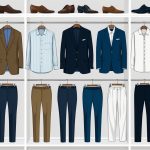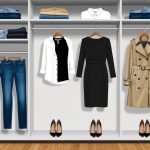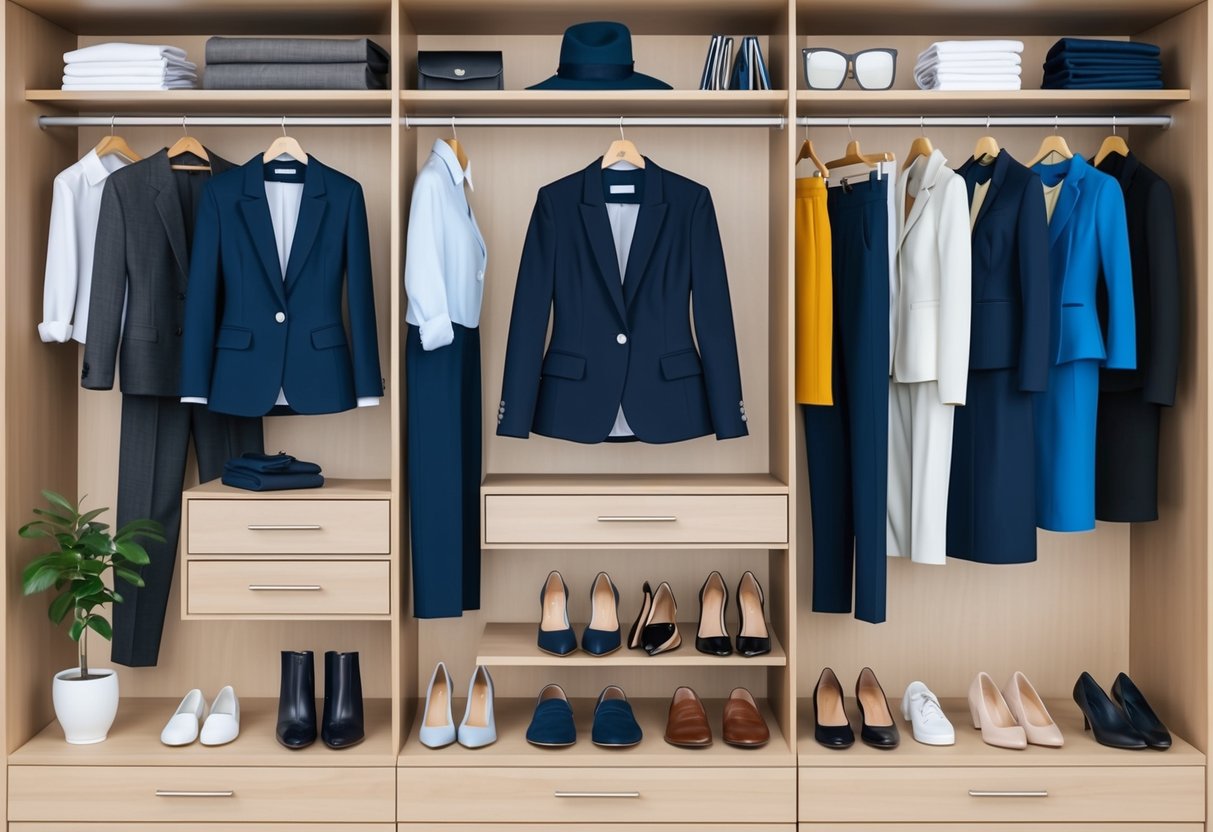
Color Palettes and Outfit Coordination
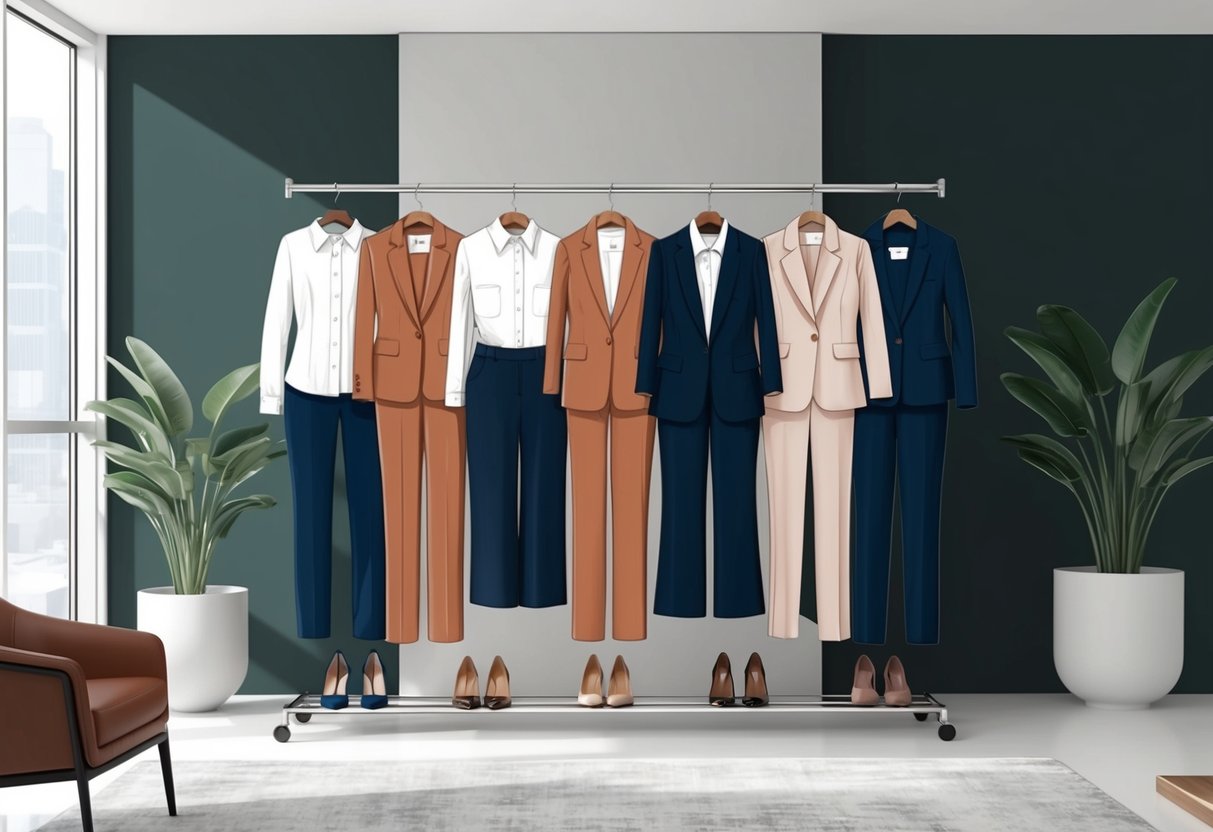
Selecting the right color palette and coordinating work outfits effectively are essential for a polished appearance. A considered approach to color helps maintain professionalism, while smart outfit combinations ensure variety and comfort throughout the week.
Building a Cohesive Colour Palette
A cohesive colour palette anchors a professional wardrobe by simplifying outfit selection and ensuring all pieces work well together. The most versatile foundations are classic neutrals such as navy, black, white, cream, gray, and beige.
These muted tones are not only easy to pair but also universally accepted in business settings, as seen in professional advice from Corporette. Selecting two to three main colors, combined with a few accent shades, can streamline shopping and styling.
For instance:
| Main Neutrals | Accent Colors | Occasional Pops |
|---|---|---|
| Navy | Soft blush | Burgundy |
| Gray | Olive | Cobalt blue |
| Black | Mustard | Emerald green |
With a limited color scheme, rotating tops, bottoms, and outerwear becomes straightforward. Building with intention prevents impulse buys, ensuring every purchase fits within the established color family.
Mixing Neutrals, Patterns, and Pops of Color
Blending different neutrals in one outfit creates depth without sacrificing professionalism. A light gray blazer over a white blouse and charcoal trousers is understated yet sophisticated.
Patterns like pinstripes, plaid, or subtle checks introduce visual interest while staying office-appropriate if the colors remain muted and coordinated. Strategically placed pops of color—a silk scarf, statement earrings, or colored shoes—add personality and prevent looks from feeling flat.
It’s important these colors echo the chosen palette for a harmonious effect. For a more curated approach, many find it helpful to first define the main outfit colors, then layer in patterns and accessories for variation, as recommended in effective capsule wardrobe guides.
This method ensures that even with fewer pieces, work outfits feel fresh and intentional throughout the season.
Accessorizing for Style and Function
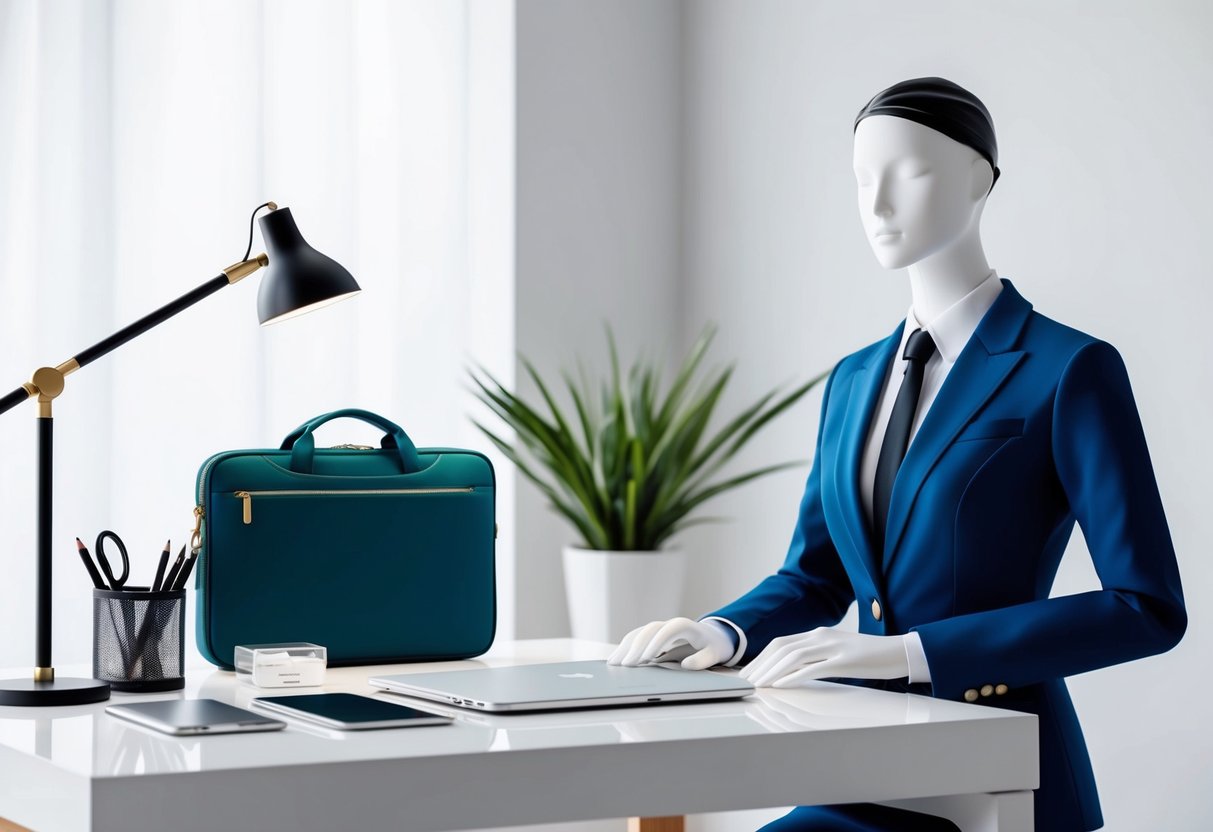
Polished accessories and well-chosen bags elevate any office outfit. The right choices bring together style and practicality, enhancing daily workwear without sacrificing comfort or professionalism.
Essential Accessories for Polish
Accessories can greatly impact the overall impression of workwear attire. Classic jewelry—such as small hoop or stud earrings, delicate bracelets, and a subtle pendant necklace—adds refinement without overwhelming the look.
Neutral-tone scarves can provide a touch of color or pattern while remaining work-appropriate. A leather or slim belt keeps business trousers or dresses tailored and sharp.
Wristwatches serve both a functional and decorative purpose, projecting punctuality and professionalism in a subtle way. For footwear, mid-height pumps or sleek flats create a balanced, professional appearance and support all-day wear.
Minimalist hair accessories, such as tortoise-shell clips or plain headbands, keep hair neat and tidy while complementing a professional image. Layers add flexibility for variable office conditions.
Lightweight cardigans or soft blazers pair easily with accessories and can be removed as needed. Each item should coordinate well with existing wardrobe pieces, making it easy to refresh work outfits through thoughtful accessorizing.
For more inspiration on choosing the right accessories, visit this guide on how to accessorize like a pro.
Structured Bags for the Office
A structured bag is a cornerstone for both style and utility. Opt for classic shapes, such as satchels, totes, or structured shoulder bags, that hold their form and convey a sense of organization.
These bags not only store daily essentials but also make a strong professional statement at meetings and interviews. Choose neutral or versatile hues like black, navy, or taupe to ensure the bag matches the largest range of outfits.
Quality materials—such as leather or durable vegan alternatives—are preferable for their longevity and professional finish. Ample compartments help keep keys, devices, cosmetics, and documents organized throughout a busy workday.
Details such as reinforced handles, subtle hardware, and clean lines distinguish a structured bag from less formal options. Some bags also offer a detachable strap for shoulder or crossbody wear, adding versatility for commuting or business travel.
For more on this essential office accessory, check out tips in this article about curating a workwear wardrobe.
Styling for Different Workplace Scenarios
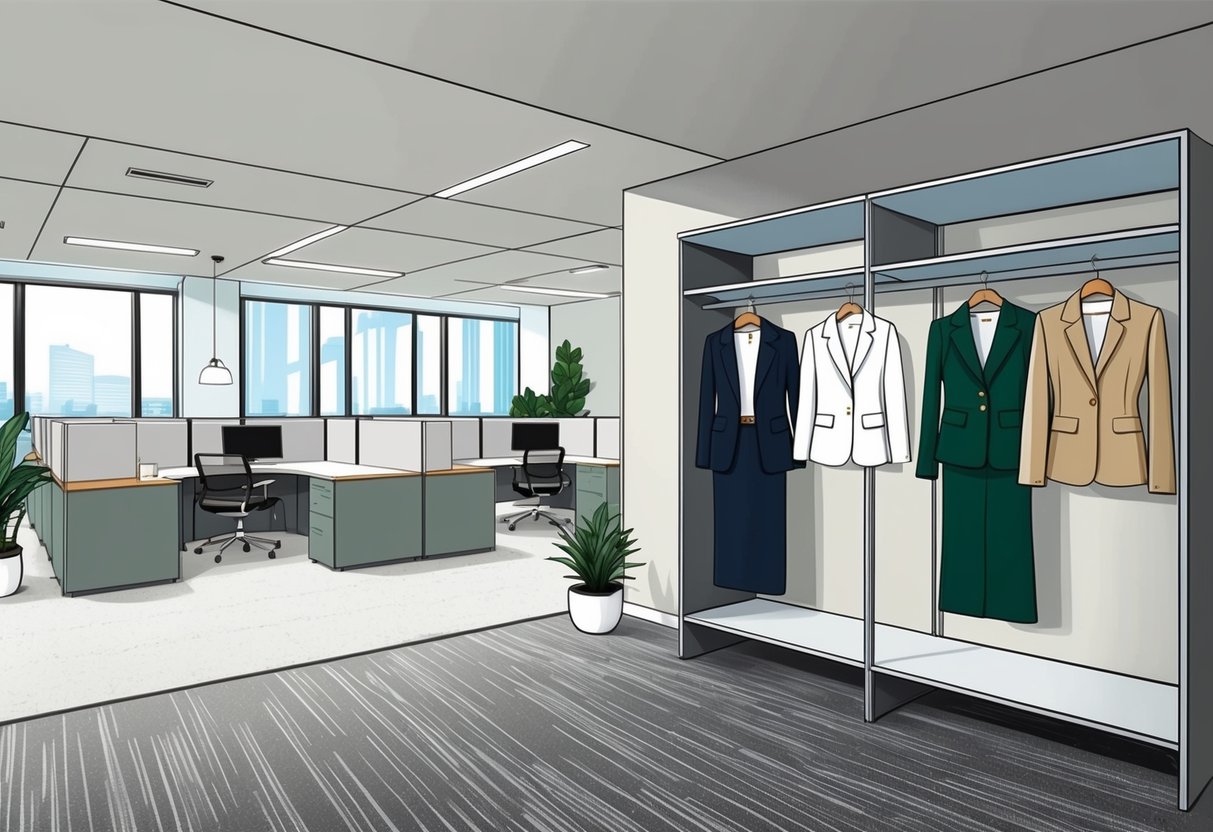
Workwear often changes depending on company culture and the professional context. Prioritizing the right balance of comfort, sophistication, and appropriate style can make a strong and positive impression in any workplace environment.
Dressing for Job Interviews
Selecting the right outfit for a job interview is critical. Candidates should aim for attire that is polished, professional, and fits the company’s dress code.
A tailored blazer paired with well-pressed dress pants or a conservative skirt creates a timeless look. A button-up shirt or blouse in classic shades—such as white, light blue, or cream—keeps the appearance crisp and refined.
For added elegance, structured accessories like a leather tote and closed-toe pumps work well. Jewelry should be understated; simple studs or a sleek watch are appropriate.
Avoid flashy logos or overly bold patterns, as they can distract from the conversation. Researching the company’s culture ahead of time helps guide decisions.
Many professional fields still expect formal business attire, while some creative or tech industries allow for a slightly relaxed approach, such as a smart blazer and refined flats. Dressing one level more formal than the company norm is generally a safe strategy, helping a candidate stand out without feeling out of place.
For more inspiration, explore examples of business attire.
Nailing Smart Casual Office Attire
Smart casual office attire offers flexibility while maintaining a professional image. Employees can combine comfortable staples like tailored chinos, slim-fit pants, or dark jeans with crisp shirts or elegant blouses.
Sweaters, cardigans, or lightweight jackets add layering options that stay sharp but feel effortless. Footwear such as loafers, ankle boots, or ballet flats balance comfort with style.
A mix of textures, such as pairing a soft Boden knit with structured trousers, elevates everyday outfits. Opt for subtle prints or neutral colors to keep things versatile and polished.
Small accessories, including a leather belt or minimalist jewelry, contribute to a cohesive outfit without being distracting. The key to smart casual success lies in choosing pieces that can seamlessly transition from morning meetings to after-work events.
For more capsule wardrobe ideas, see this workwear capsule guide.


